Time Period: Civil War through Reconstruction (1861 - 1874)
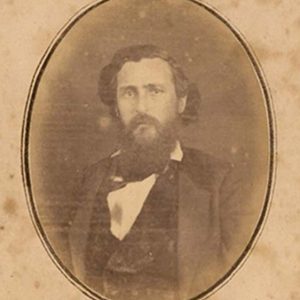 Allison Nelson
Allison Nelson
New Gascony, Battle of (Reconstruction)
Newspapers during the Civil War
 Robert C. Newton
Robert C. Newton
Newton, Robert Crittenden
Niagara and Post Boy, Collision of
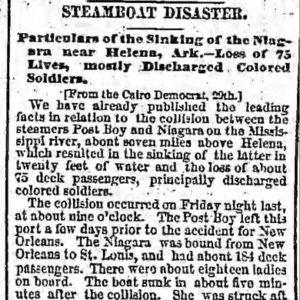 Niagara Disaster Story
Niagara Disaster Story
 Niagara Disaster Story
Niagara Disaster Story
Nick Wall [Steamboat]
 Nick Wall Steamboat Article
Nick Wall Steamboat Article
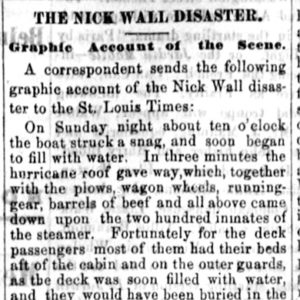 Nick Wall Steamboat Article
Nick Wall Steamboat Article
 J. H. Niemann
J. H. Niemann
Nineteenth Arkansas Infantry (CS)
 Ninth Arkansas Flag
Ninth Arkansas Flag
Ninth Arkansas Infantry (CS)
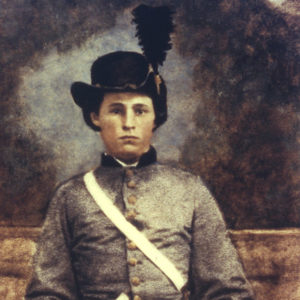 Mark Noble
Mark Noble
 Fent Noland Grave
Fent Noland Grave
Norristown, Skirmish at (May 19, 1864)
Norristown, Skirmish at (September 6, 1864)
Northern Arkansas, Scout in
Norwood, Robert (Lynching of)
 Robert Norwood Lynching Article
Robert Norwood Lynching Article
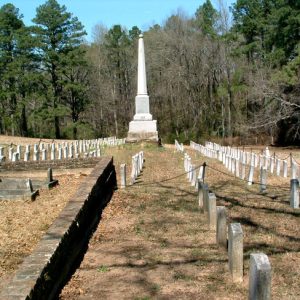 Oakland Cemetery
Oakland Cemetery
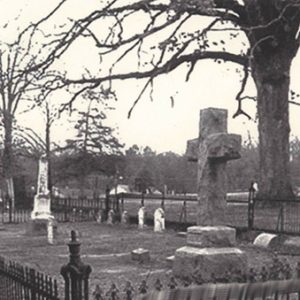 Oakland Cemetery
Oakland Cemetery
Oakland-Fraternal Cemetery
aka: Oakland & Fraternal Historic Cemetery Park
Oaks Cemetery
Oil Trough Bottom, Skirmish at
Okolona, Skirmishes at
aka: Battle of the Bees
 Old Abe
Old Abe
Old River Lake, Engagement at
aka: Engagement at Ditch Bayou
aka: Engagement at Lake Chicot
aka: Engagement at Lake Village
aka: Engagement at Furlough
aka: Engagement at Fish Bayou
aka: Engagement at Grand Lake
Old Rondo Cemetery—Confederate Section
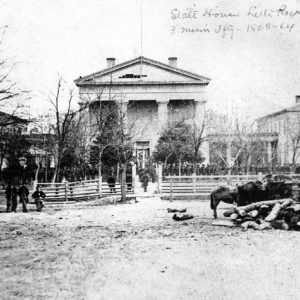 Old State House, Union Occupation
Old State House, Union Occupation
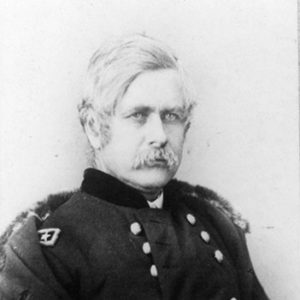 Edward Ord
Edward Ord
Ord, Edward Otho C.
Orient Ferry, Skirmish at
aka: Skirmish at Paroquet Bluff
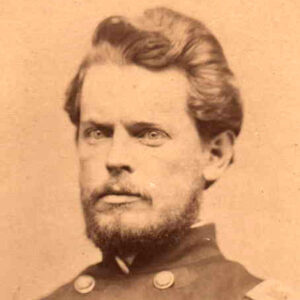 William Ward Orme
William Ward Orme
Orto, Zaphney
 Zaphney Orto
Zaphney Orto
Osage Branch of the Kings River, Affair on the
Osceola, Skirmish at
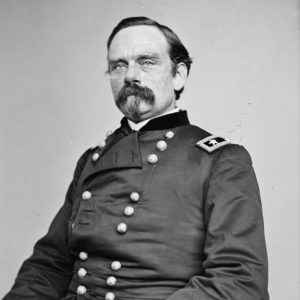 Peter J. Osterhaus
Peter J. Osterhaus
Osterhaus, Peter Joseph
Oxford Bend, Action at
aka: Action at McGuire's
Ozark, Missouri, to Dubuque Crossing and Sugar Loaf Prairie, Scout from
Ozark, Missouri, to Marion County, Expedition from
 William F. Pace
William F. Pace
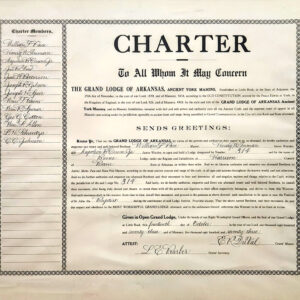 Lodge 314 Charter
Lodge 314 Charter




